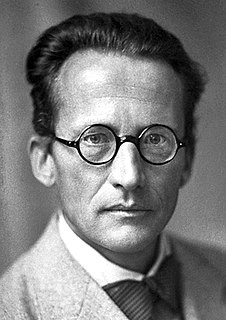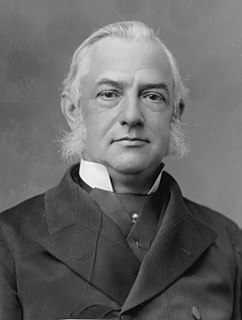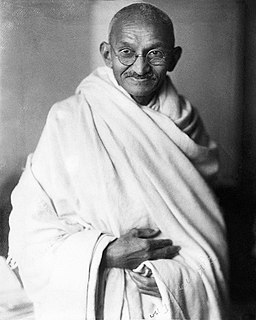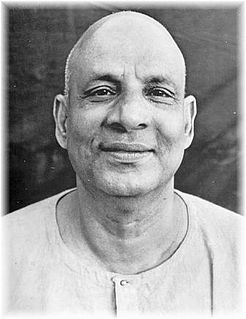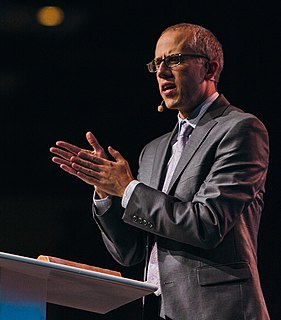A Quote by Erwin Schrodinger
The multiplicity is only apparent. This is the doctrine of the Upanishads. And not of the Upanishads only. The mystical experience of the union with God regularly leads to this view, unless strong prejudices stand in the way.
Related Quotes
Strength, strength is what the Upanishads speak to me from every page. This is the one great thing to remember, it has been the one great lesson I have been taught in my life; strength, it says, strength, O man, be not weak. Are there no human weaknesses? - says man. There are, say the Upanishads, but will more weakness heal them, would you try to wash dirt with dirt? Will sin cure sin, weakness cure weakness? Strength, O man, strength, say the Upanishads, stand up and be strong.
Shankara commented on Krishna, on the Upanishads, on the Brahma Sutras. Ramanuja commented on the ancient enlightened people, Vallabha did the same. It has always been so in the East, because much dust gathers as time passes. Now, the Upanishads were written in a totally different world. That man has disappeared, that mind has disappeared, that world no more exists.
If physics leads us today to a world view which is essentially mystical, it returns, in a way, to its beginning, 2,500 years ago... This time, however, it is not only based on intuition, but also on experiments of great precision and sophistication, and on a rigorous and consistent mathematical formalism.
Some say that sudden knowledge of mystical matters is accomplished only in complete quietude, or that Creator, in one of God's many forms, appears only in orderly ways that are beauteous and picturesque, or that the mystical appears only in completely silent ways. All are true. Except for the 'only' part.
Anyone who has had an experience of mystery knows that there is a dimension of the universe that is not that which is available to his senses. There is a pertinent saying in one of the Upanishads: When before the beauty of a sunset or of a mountain you pause and exclaim, ‘Ah,’ you are participating in divinity. Such a moment of participation involves a realization of the wonder and sheer beauty of existence. People living in the world of nature experience such moments every day. They live in the recognition of something there that is much greater than the human dimension.
